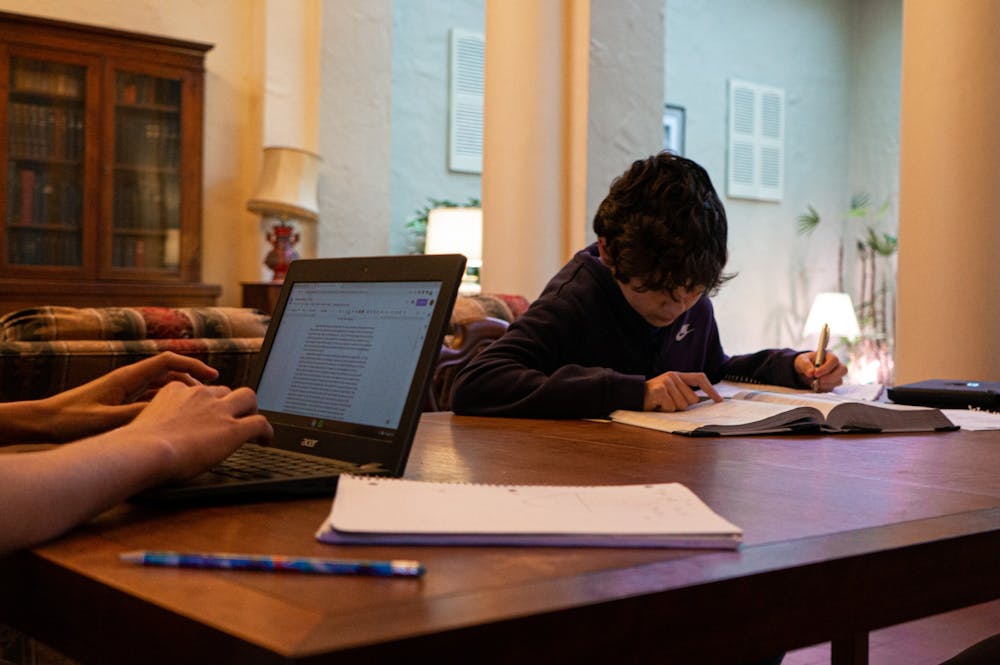Following a historic semester of fully remote learning, Orange County Schools and Chapel Hill-Carrboro City Schools are moving forward with plans to begin a hybrid learning model for the second semester.
Last month, both school districts sent out intent forms to families to gauge individual plans about returning to hybrid instruction or remaining fully remote, the results of which have yet to be publicly released.
Currently, both districts are tentatively planning to proceed under a “Plan B” for the spring semester, which will offer a hybrid alternating schedule for various cohorts beginning in January, in addition to other fully-remote plans.
Jeff Nash, community relations director for CHCCS, said the cohort instruction model allows schools to practice deep cleaning and offer teachers a chance to work and connect outside of the classroom on Wednesdays.
“That gives the teachers time to do professional development," Nash said, "but also if they want to have office hours or meetings with students, they can do that."
During in-person instruction sessions, both districts plan to maintain social distancing in the classrooms, require face coverings at all times and ensure student safety through increased distancing practices during arrival, dismissal and lunch.
Hybrid instruction differs significantly from previous in-person semesters. However, it may be a welcome change for many district members. In a survey sent out by CHCCS in late October, 36 percent of parents said they were somewhat satisfied with their children’s remote learning, while 10 percent reported feeling not at all satisfied. Within staff, 29 percent said they were somewhat satisfied with remote instruction.
Some of the biggest adjustments both teachers and students said they’ve struggled with in the remote learning format are changes to the social environment and participation. In the CHCCS survey, 56 percent of students between 6th and 12th grade said they felt only somewhat connected to the adults at their school.
Ben Knight, a junior at Chapel Hill High School, said that while the transition to online learning has been handled well, he believes that socialization and motivation are becoming increasingly strained as the situation continues.



